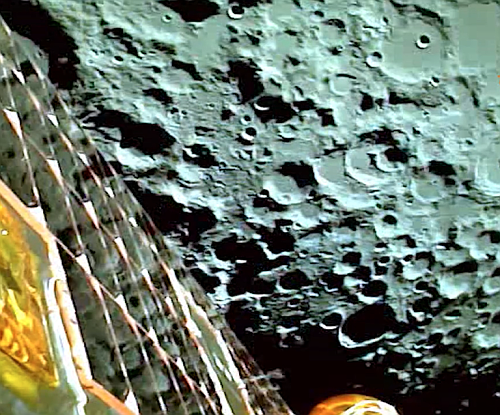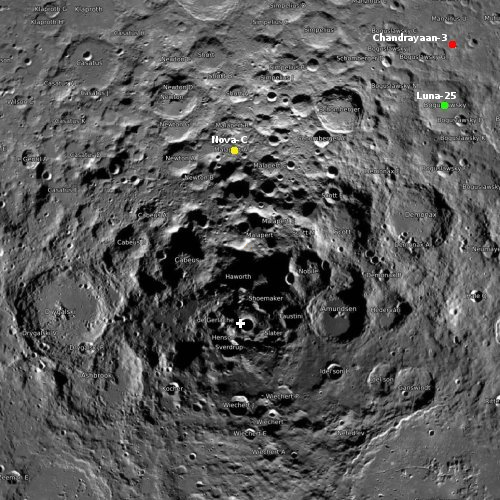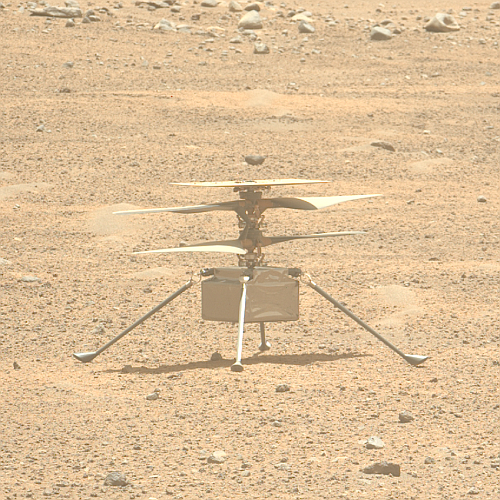Today’s blacklisted American: Chase bank politically cancels the accounts of several doctors, their families, and their employees

They’re coming for you next: Continuing what increasingly appears to be its bank policy, JP Morgan Chase bank suddenly and without warning or reason recently canceled the bank accounts of several doctors, their families, and their employees, apparently because these doctors don’t abide by the lockdown policies and medical health advice of our government.
JPMorgan Chase is back to debanking. Once again, it’s not providing any explanations. And once again it’s targeting people who dare to question the Left Government/Woke Business conspiracy against liberty. At about the same time, it appears, Chase debanked, without warning, Drs. Syed Haider and Joseph Mercola. Wait, no. Not just them, but also Dr. Mercola’s employees – and his and their families. All without explanation.
» Read more

They’re coming for you next: Continuing what increasingly appears to be its bank policy, JP Morgan Chase bank suddenly and without warning or reason recently canceled the bank accounts of several doctors, their families, and their employees, apparently because these doctors don’t abide by the lockdown policies and medical health advice of our government.
JPMorgan Chase is back to debanking. Once again, it’s not providing any explanations. And once again it’s targeting people who dare to question the Left Government/Woke Business conspiracy against liberty. At about the same time, it appears, Chase debanked, without warning, Drs. Syed Haider and Joseph Mercola. Wait, no. Not just them, but also Dr. Mercola’s employees – and his and their families. All without explanation.
» Read more















